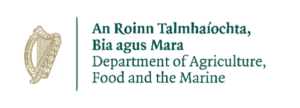Irish Draught Horse Studbook – Class 1
| Stallion Name | YOB | Sire | Dam Sire | Owner | Classification |
| Ardnacashel Monarch | 2016 | Beechmore Silver Crest (IDC1) | Star Kingdom (IDC1) | Janice Reddy | CLASS 1 (C1) |
| Ashfield Bouncer | 2018 | Killinick Bouncer (IDC1) | Ard Grandpa (IDC1) | Ann Lambert | CLASS 1 (C1) Silver Merit |
| Baltydaniel Arthur | 2012 | Cork Arthur (IDC1) | Timahoe Heather (IDC1) | Elizabeth Cogan | CLASS 1 (C1) |
| Coolfin Gentleman | 2020 | Tors Gentleman Farmer (IDC1) | Balcormo Sir Rocco (IDC2) | Tommy Butler | CLASS 1 (C1) |
| Coom View Highlander | 2018 | Farmhill Highlander (IDC1) | Fast Silver (IDC1) | Michael & Chris Mannion | CLASS 1 (C1) |
| Fuerty Welcome Lad | 2022 | Gortfree Lakeside Lad (IDC1) | Welcome Emperor (IDC1) | Gabriel Slattery Jnr | CLASS 1 (C1) |
| Kilmovee White Lion | 2022 | Lionwood Kinsales Lad (IDC1) | Moylough Bouncer (IDC1) | Seamus Duffy | CLASS 1 (C1) |
| Longwood Sandyman | 2022 | Longwood Dunbelievable (IDC2) | Gortfree Hero (IDC1) | Sophie Meehan | CLASS 1 (C1) |
| Rhynn Blackie Go Lucky | 2022 | Touch Of The Emperor (IDC2) | Carrabawn Cross (IDC1) | John Niland | CLASS 1 (C1) |
Ardnacashel Monarch (IDC1)
Click here to see Stallion Page
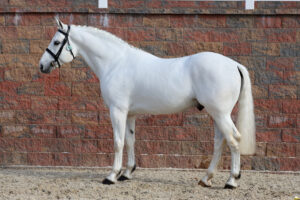
Ashfield Bouncer (IDC1)
Click here to see Stallion Page
Ashfield Bouncer (IDC1) has a silver merit for show jumping.
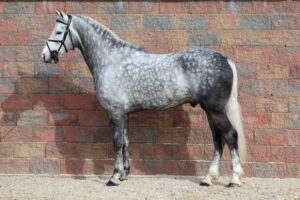
Baltydaniel Arthur (IDC1)
Click here to see Stallion Page
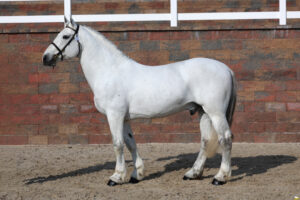
Coolfin Gentleman (IDC1)
Click here to see Stallion Page
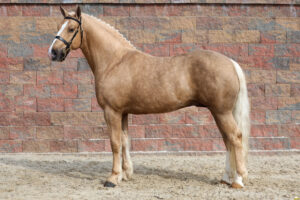
Coomview Highlander (IDC1)
Click here to see Stallion Page
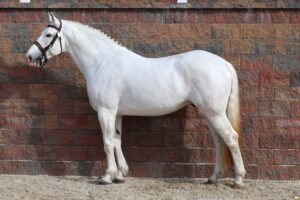
Fuerty Welcome Lad (IDC1)
Click here to see Stallion Page

Kilmovee White Lion (IDC1)
Click here to see Stallion Page
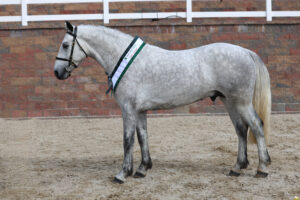
Longwood Sandyman (IDC1)
Click here to see Stallion Page
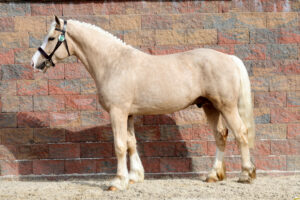
Rhynn Blackie Go Lucky (IDC1)
Click here to see Stallion Page
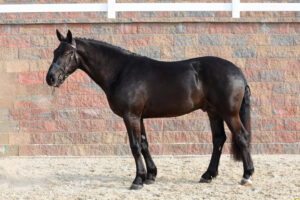
Horse Sport Ireland Studbook inspections are supported by the Department of Agriculture, Food and the Marine Equine Technical Support fund.
